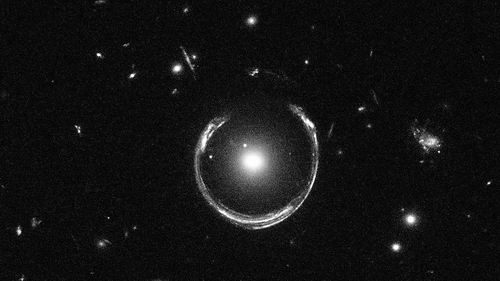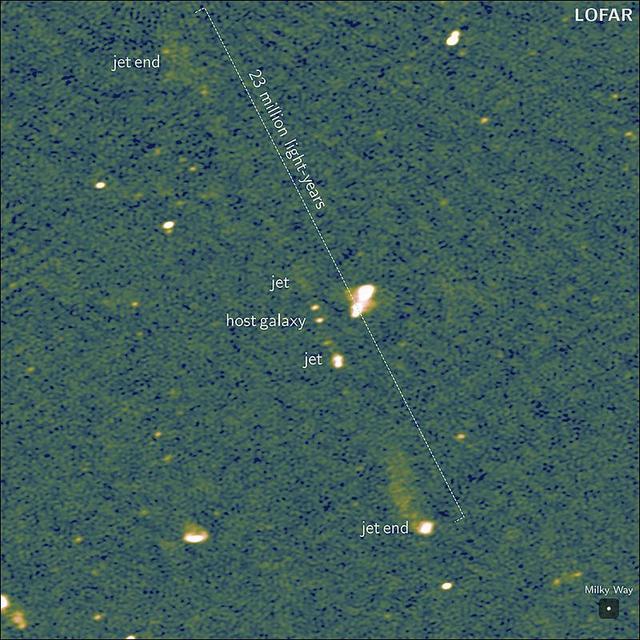
American scientists discovered a huge black hole formed 470 million years after the Big Bang. Its mass is close to the combined mass of all the stars in the galaxy. This discovery may help scientists understand how some supermassive black holes were formed in the early days of the universe.
A team led by Akosh Bogdan, a scientist at the Harvard-Smithsonian Center for Astrophysics, discovered the black hole in the UHZ1 galaxy 13.2 billion light-years away from Earth. When black holes were formed, the universe was only 3% of its current age. The relevant research report was published in the British magazine "Nature Astronomy" on the 6th.
The Bogdan team used the James Webb Space Telescope to discover the UHZ1 galaxy and detected the above-mentioned black hole through the Chandra X-ray Observatory. NASA announced on the 6th that the Bogdan team used the Chandra X-ray Observatory to observe the UHZ1 galaxy for two weeks and found that there is dense, hot, and X-ray-emitting gas in the galaxy. This is where a huge black hole is A sign of growth.
Located in front of the UHZ1 galaxy, a galaxy 3.5 billion light-years away from the Earth acts as a gravitational lens, amplifying the light and X-rays in the UHZ1 galaxy about 4 times, allowing the Webb Space Telescope and the Chandra X-ray Observatory to capture they.
Bogdan's team said that evidence shows that the above-mentioned black hole was extremely huge when it was born, with a mass close to the combined mass of all stars in the UHZ1 galaxy. By comparison, black holes at the centers of nearby galaxies typically have only one-thousandth the mass of the galaxy's stars.
Priyamvada Natarajan of Yale University, one of the authors of the research report, said that this is "the first time they have seen a huge black hole with a mass approximately equal to the sum of the masses of the stars in the galaxy in a brief period," and The total mass of the stars will then exceed the mass of the black hole.
Natarajan theoretically predicted in 2017 that the collapse of a huge gas cloud would lead to the formation of the above-mentioned giant black hole. According to the NASA website, this discovery completely confirms Natarajan's prediction.
Natarajan predicts that more black holes formed in the early days of the Big Bang will be discovered in the future, "opening a new window" for studying the universe.


